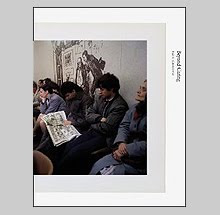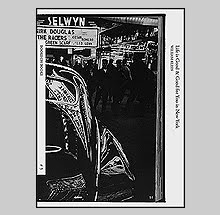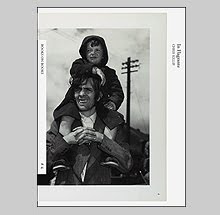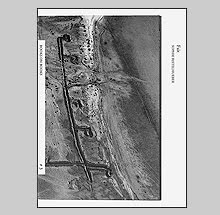Novels in Three Lines by Felix Feneon

Felix Feneon was an anarchist. He discovered Seurat and first published James Joyce in French. He toiled for years as an anonymous clerk in the French War Department. He edited Rimbaud's Illuminations. He founded and edited literary magazines including Revue Blanche, one of the most important literary journals of its time. He worked as a journalist for Le Figaro. He interviewed Jules Verne. He was an art critic. He died in 1944 at the age of 83. Before doing so he wrote anonymously for the French newspaper Le Matin short news items, thousands of them, economically describing true stories of murder, suicides and everyday occurrence. Faits divers.
The book Novels in Three Lines edited and translated by Luc Sante collects more than one thousand of them. Published in 2007 by New York Review Books. Here is a sampling.
In Belfort, signalmen of the 1st Engineers, visiting from Versailles, went up in a balloon, took pictures, and sent wireless telegrams.
Scratching himself with a revolver with an overly sensitive trigger, M. Edouard B. removed the tip of his nose in the Vivienne precinct house.
Nurse Elise Bachmann, whose day off was yesterday, put on a public display of insanity.
Scheid, of Dunkirk, fired three times at his wife. Since he missed every shot, he decided to aim at his mother-in-law, and connected.
Hanging on the door, a traveler a tad overweight caused his carriage to topple, in Menilmontant, and fractured his skull.
Fire started last night in a Bastille-Montparnasse streetcar that quickly was emptied of its riders and flooded by firemen.
The corpse of a sixtyish Dorlay hung from a tree in Arcueil, with a sign reading, "Too old to work."
He had bet he could drink 15 absinthes in succession while eating a kilo of beef. After the ninth, Theophile Papin, of Ivry, collapsed.
Louis Lamarre had neither job nor home, but he did possess a few coins. At a grocery store in Saint-Denis he bought a liter of kerosene and drank it.
Before jumping into the Seine, where he died, M. Doucrain had written in his notebook, "Forgive me, Dad. I like you."
Fencing master Pictori was wounded, perhaps fatally, by the thrust of an amateur, M. Breugnot.
The sinister prowler seen by the mechanic Gicquel near Herblay train station has been identified: Jules Menard, snail collector.
There was a gas explosion at the home of Larrieux, in Bordeaux. He was injured. His mother-in-law's hair caught on fire. The ceiling caved in.
Having just sniffed a pinch of snuff, A. Chevral sneezed and, falling from the hay wagon he was bringing back from Pervencheres, Orne, died.
In a hotel in Lille, M. H. Hallynch, of Ypres, hanged himself for reasons that, according to a letter he left, will soon be made known.
A ruling by the mayor of Angers concerning parades forbids union banners, songs not of a liturgical character, and canes.
Lightning in Dunkirk struck some men who were installing lightning rods. One of them fell into the soot from 135 feet up and survived.
Within a week, a second case of bigamy has been recorded in Bordeaux, that of a laborer's wife who has become a foreman's.
Near Brioude, a bear was smothering a child. Some peasants shot the beast and nearly lynched its exhibitor.
A merchant from Saint-Gaudens caught his wife entwined with a barber in Boussens. He fired. The lover was wounded, the beloved fled.
The singer Luigi Ognibene wounded with two shots, in Caen, Madelon Deveaux, who was unwilling to let him monopolize her charms.
Medical examination of a little boy found in a ditch on the outskirts of Niort showed that he had undergone more than just death.
Four hundred ecclesiastics welcomed, at Moulins station, Mgr. Lobbedey, their new bishop. Five of who were overcome with sacred frenzy were arrested.
Standing on her doorstep, modiste Rudlot, of Malakoff, was chatting with a neighbor. With an iron bar her wild husband made her shut up.
An unknown person painted the walls of Pantin cemetery yellow; Dujardin wandered naked through Saint-Ouen-l'Aumone. Crazy people, apparently.
Frogs, sucked up from Belgian ponds by the storm, rained down upon the streets of the red-light district of Dunkirk.
Some people are infatuated with telephone cables. They took 2,700 feet in Gargan and 4,500 between Epinay and Argenteuil.
"To die like Joan of Arc!" cried Terbaud from the top of a pyre made of his furniture. The firemen of Saint-Ouen stifled his ambition.
A dishwasher from Nancy, Vital Frerotte, who had just come back from Lourdes cured forever of tuberculosis, died Sunday by mistake.
























